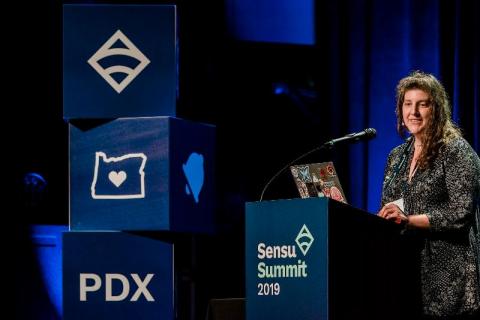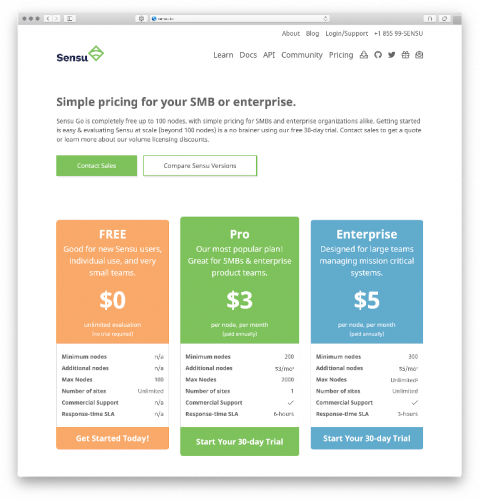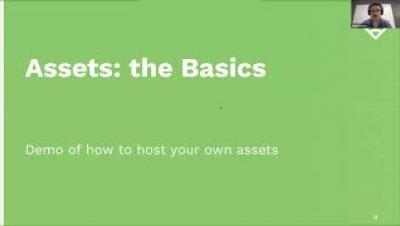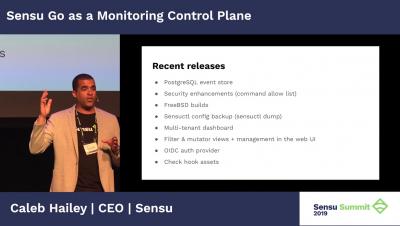How Harvard automates monitoring with Sensu Go
Sensu Summit 2019 featured talks from the Sensu Community, including Harvard University SRE Molly Duggan, who shared how the Harvard FAS Research Computing Department uses CI/CD pipelines and the Sensu Go API to automate monitoring for their highly complex infrastructure.










